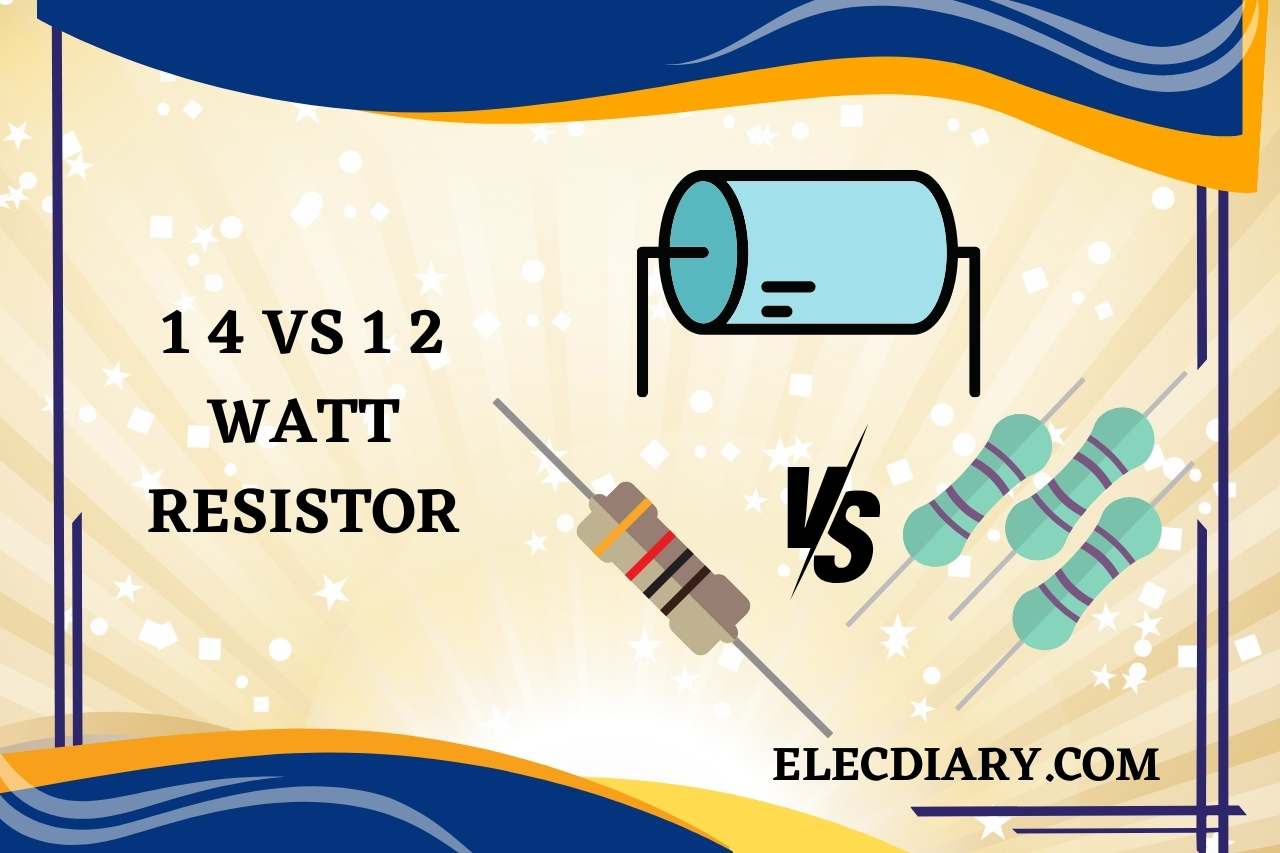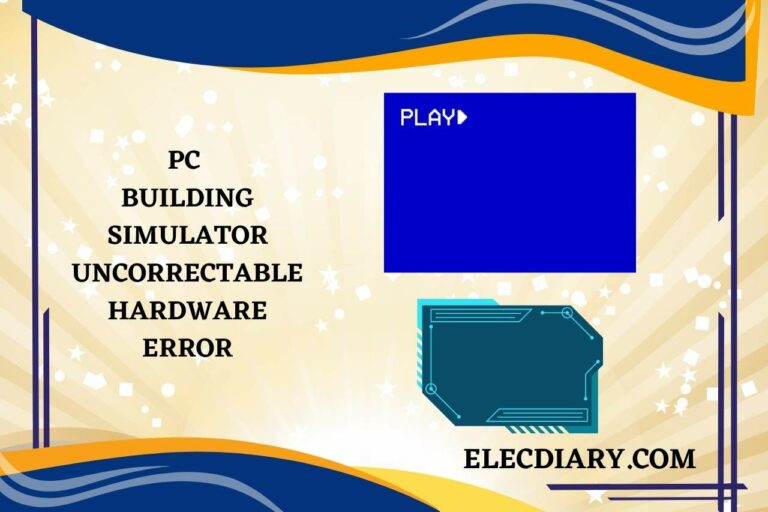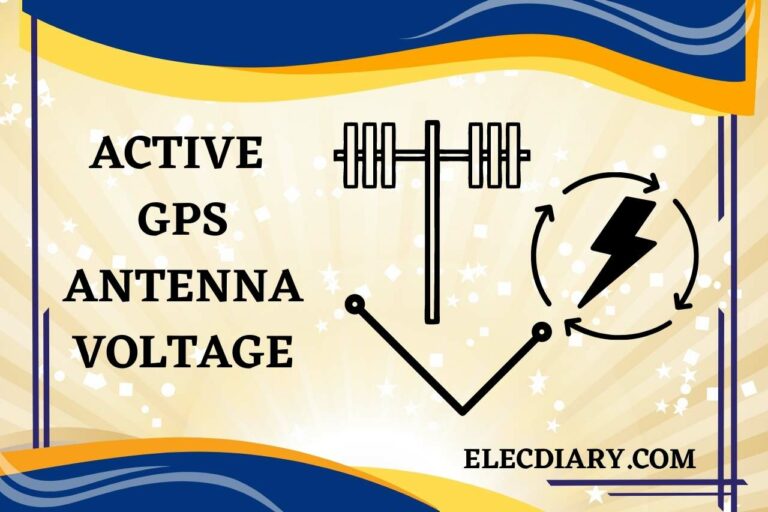¼ vs ½ Watt Resistor – Which One Should You Choose?
Inside a huge sea of electronics, the debate on “1/4 vs 1/2 watt resistor” might be a tiny droplet of water but an important one in affecting large-scale functions. These seemingly minor components, called resistors, play a pivotal role in circuit design and functionality, with their power ratings influencing major factors like energy efficiency, footprint, and heat tolerance. Dive into this comprehensive guide as we dissect the core differences, similarities, and advantages and drawbacks of each resistor type, empowering you to make informed decisions in your electronic projects. With a deeper understanding, optimizing circuit performance becomes a breeze.
1/4 vs 1/2 Watt Resistor
When comparing the 1/4 watt to the 1/2 watt resistor, the main difference is the power rating, with the 1/2 watt resistor having double the power-handling capability of the 1/4 watt resistor.
Key Differences:
- Power Rating: The 1/4 watt resistor is designed to handle a maximum of 0.25 watts of power, while the 1/2 watt can handle up to 0.5 watts.
- Size: Generally, as the power rating increases, the physical size of the resistor also grows. Therefore, you may find the 1/2 watt resistor is typically larger than its 1/4 watt counterpart.
- Applications: 1/4 watt resistors are common in low-power circuits, like those in small electronic devices. In contrast, 1/2 watt resistors are suitable for circuits requiring a higher power tolerance.

What are the Main Differences and Similarities Between 1/4 and 1/2 Watt Resistor?
There are many differences. The main one is the power rating. We’ll state some more differences below. Although 1/4 and 1/2 watt resistors have their differences, their core functionality and purpose remain the same.
Key Differences:
-
Power Rating
- 1/4 watt resistor: As its name implies, it can dissipate up to 0.25 watts of power.
- 1/2 watt resistor: This type can handle up to 0.5 watts, making it more suitable for circuits with higher power requirements.
-
Physical Dimensions
- 1/4 watt resistor: Typically, it’s more compact or smaller due to its lower power handling capability.
- 1/2 watt resistor: Generally larger, owing to its enhanced power dissipation properties.
- Heat Tolerance: Given that the 1/2 watt resistor is designed to handle more power, it can typically endure higher temperatures without degrading its performance. 1/4 watt resistors fall behind in this aspect.
-
Applications
- 1/4 watt resistor: Mostly found in low-power circuits like those in handheld devices like our smartphones and other portable electronics.
- 1/2 watt resistor: Common in more power-intensive applications or where safety margins are desired.
Key Similarities
- Functionality: Both the 1/4 and 1/2 watt resistors serve the same fundamental purpose: to resist or limit the flow of electrical current in a circuit.
- Materials: Both types are often made from the same materials, such as carbon, metal oxide, or metal film, depending on the specific resistor type and their usage needs.
- Color Coding: Regardless of their power rating, you might have seen resistors usually featuring a color-coding system, which indicates their resistance value.
- Connection: They can both be integrated into circuits in the same manner, either through soldering to a PCB (printed circuit board) or using breadboard-compatible leads.

What are the Pros and Cons of 1/4 and 1/2 Watt Resistor?
The pros and cons of 1/4 and 1/2 watt resistors are directly linked to their power ratings, size, and ideal applications. Let’s break them down to gain a better understanding.
1/4 Watt Resistor
Pros:
- Compact Size: Due to its lower power rating, the 1/4 watt resistor often boasts a smaller footprint, making it suitable for space-constrained designs.
- Energy Efficient: It consumes less power, which can be crucial for battery-operated devices, long-lasting their lifespan.
- Cost-effective: You’ll find the 1/4 watt resistor to be typically cheaper due to its smaller size and materials required.
Cons:
- Limited Power Handling: Only suitable for low-power applications, which restricts its use in more robust electronic circuits.
- Heat Sensitivity: In situations where it’s exposed to power beyond its rating, you may feel the resistor overheating more quickly than its higher wattage counterparts like the 1/2 watt resistor.
1/2 Watt Resistor
Pros:
- Higher Power Handling: Able to manage more power, making it more versatile for varied applications.
- Increased Heat Tolerance: Designed to handle powerful tasks, it typically can withstand higher temperatures, offering better durability.
- Safety Margin: Given its higher power rating, it can offer you a buffer or safety zone in circuits where power fluctuations might occur.
Cons:
- Larger Size: Due to its enhanced power handling properties, it often comes in a bigger size, which might not fit snugly in your electronic designs.
- Increased Power Consumption: In certain conditions, it might consume more power, potentially reducing the efficiency of battery-operated devices.
Watch this one,
Video Credits – Roel Van de Paar
You May Also Like








